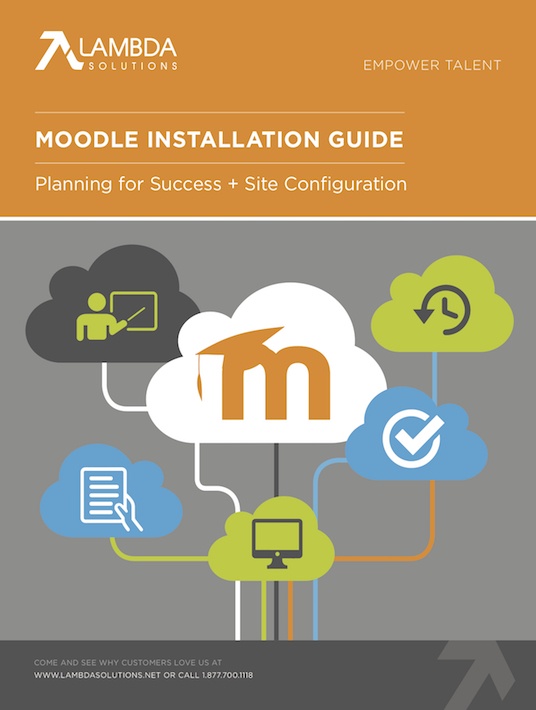How To Get Started With Your Moodle RFP
Composing a Moodle RFP can be a daunting task—with so many vendors in the market, where do you begin? To make things a little easier, we have compiled some quick tips to get you started. They are designed to help you build a foundation for creating your RFP.

The Basics
RFP stands for Request for Proposal, and it is essentially an application for vendors. It outlines the specifics of what an LMS vendor has to offer so that you can see if they are a good fit. There is typically a section for the vendor and a section for your project—if the services offered match the requirements, then we know we have a good fit. LMS RFP’s also typically include a technical checklist, where you can detail all the features, functions, services, and support that you want and need.
Before You Get Started
1. Do Your Homework
In order to know if the products and services a Moodle LMS vendor offers are right for you, you first need to know what you are looking for. You don’t want to miss out on a certain feature because you didn't request it. Dig deep, think ahead, and take a good look at your organization at all angles. Talk to your company's management team, ask industry counterparts, and talk to the vendors. Make sure you know what you need so that you can properly assess which Moodle vendor will meet these. Think of the current needs you have, and try to make predictions for any potential needs you may have in the future.
2. Have A Timeline
Work out an ideal schedule for the implementation of your Moodle LMS, and include a deadline for when you want it to be fully rolled out. The vendor should be able to determine if they can work within your timeline, which will be a good indicator of whether or not they are a good fit for you.
3. Consider A Transition Plan
If you already have an LMS (Moodle, or other) and are shopping for a new one, consider what the transition plan will look like—this will range from porting course content to implementing the functionality or special needs of your organization. Get a good understanding of how the Moodle vendor can assist you and commit to your timeframes. Some vendors will have a transition plan set in place already, so this would be an important question to include in your RFP.
What To Include
4. You Need To Provide As Much Relevant Information About You And Your Organization As You Can
Important things to include:
- An introduction to your organization — Who you are, what you do, what your objectives are, what you will be using Moodle for, etc.
- The challenges you face as an organization, or within your industry, and how you're hoping the potential vendor can assist with these challenges.
- Your hard requirements, and the requirements you are willing to negotiate.
- Your Moodle LMS budget.
5. Ask Very Particular Questions Regarding The Products And Services The Moodle Vendor Has To Offer
The vendor will only answer the questions that you ask, so don’t leave any wiggle room for misinterpretation or lack of information. Again, in order to do this, you need to know exactly what you want.
6. Include A Detailed Checklist With All The Specific Products And Services You Are Looking For
This can include details about training, hours of operation, hours of support, offers of warranty, length of implementation, and any third party vendors that might be involved that you should be aware of.
7. Ask For References That You Can Talk To
This is possibly the easiest way to know if a company is right for you. Look at examples of past work they have done, and ask for contact information of the clients so that you can go to them directly with any questions. If possible, ask for recent references, in case they have gone through any systematic changes over the years. You want to make sure the examples you are seeing are up to date.
If you’re still feeling intimidated about composing an RFP, download the eBook Moodle Installation Guide.
Originally published at blog.lambdasolutions.net.

